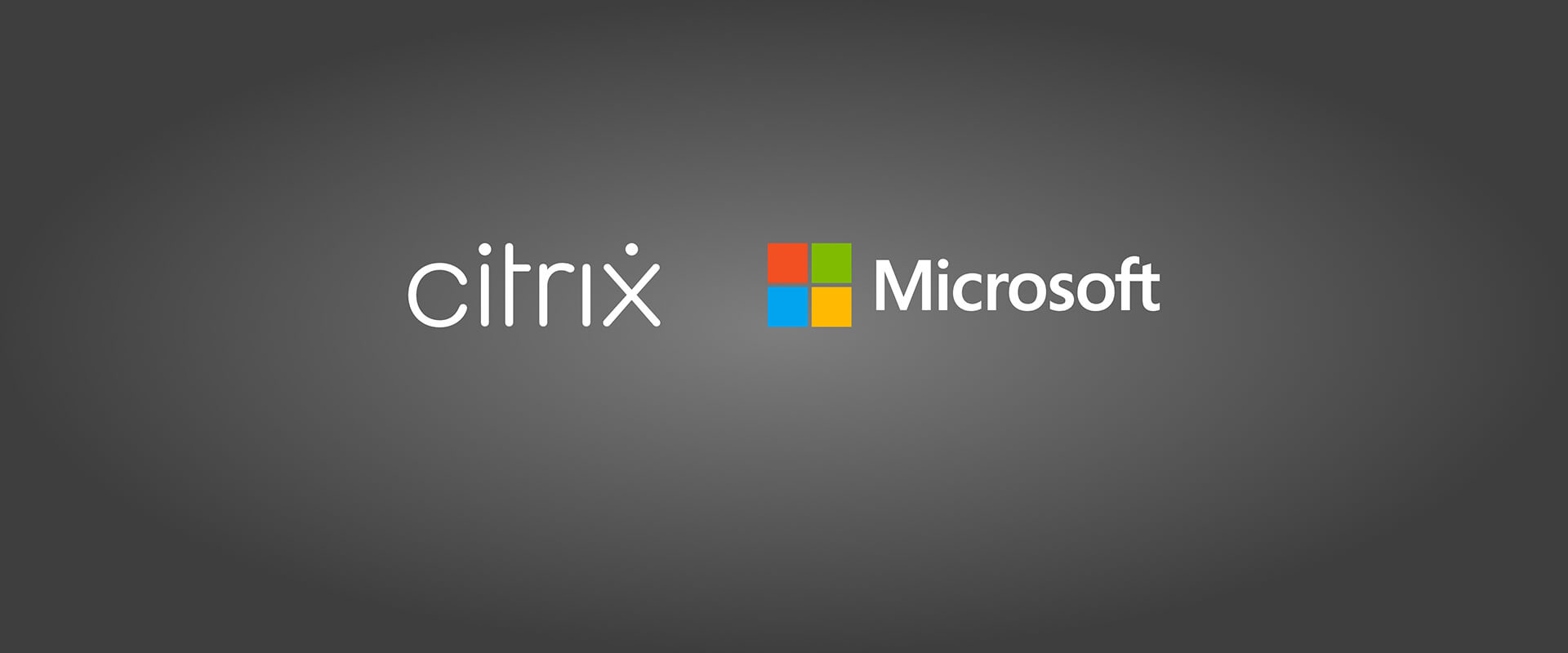In context: One of the longest running, and yet least understood, partnerships in the tech world is between Microsoft and Citrix. For more than 30 years, the companies have worked together to help deliver business applications and desktops to a wide variety of devices over a broad range of network connections. Yet, despite this shared goal, it seems like there has been an underlying question about the relationship between the two companies for a good portion of those three decades.
The problem stems from the fact that Citrix built much of its early business on extending core capabilities for Windows, and many of those extensions were eventually subsumed by Microsoft into subsequent versions of the platform. As a result, the perennial question seemed to be: when would Microsoft just buy Citrix?
Thankfully, the two companies continued to find ways to partner with each other at both a technology and business level, and this latest news makes it clear that the relationship between the two organizations is as strong as ever. Citrix announced that it would be partnering to bring its HDX compression and other technologies to a future version of the Windows 365 Cloud PC offering.
HDX, or high-definition user experience, is designed to improve the graphics and audio performance over streamed connections, a mainstay Citrix technology for well over a decade. In an era of nearly constant video-based calls and meetings, it's become particularly relevant for Teams, Webex, Zoom, Meet and other types of online collaboration tools. By integrating it into the cloud-delivered, SaaS-based Windows 365, Microsoft is enabling a way to improve the quality of the user experience for Win365, even over limited speed connections.
This is important because many companies that are looking at virtual client-type technologies often use them to provide access to specific applications or complete Windows desktops to users who may be working in multiple locations or who have inconsistent connectivity. Given that we've clearly entered an era when hybrid work-based work models are going to continue for some time, many organizations are looking for as many flexible work-friendly tools as they can.
In addition to HDX, the partnership is expected to let organizations that already have a Citrix-based infrastructure---such as many in healthcare and other highly regulated industries---leverage the Citrix client and get access to their existing Citrix environments.
One of the original (and still important) parts of Citrix' business involves providing access to the many older Windows-based applications that have not been ported to the cloud or more modern environments. Not only can these applications be reached and used on a modern Windows PC, but the Citrix infrastructure is designed to let these apps run on smartphones, Chrome-based PCs, thin clients and more. Again, for organizations that want to provide as much flexibility to workers who may need access to specific applications to get their work done, this is critically important.
Citrix also builds in support for a wider range of peripheral devices so that these types of apps or desktops can leverage multiple monitors, connected printers, and other devices. For IT managers who need more granular policy controls, the Citrix technology will be bringing this to Windows 365.
Those who follow this market closely may know that Citrix and Microsoft already have an agreement that allows these kinds of Citrix technologies to be used in Azure Virtual Desktop. What this latest announcement does is extend these capabilities to Microsoft's Windows 365 service as well. Windows 365 has been positioned by some as an easier-to-use, less expensive, but de-featured version of Azure VDI, so Microsoft is eager to bring some of the Citrix technology benefits over to Windows 365.
Desktop-as-a-service (DAAS), virtual clients, virtual desktop infrastructure (VDI), cloud-based PCs, and other variations on the alternative model for direct PC ownership and usage isn't something that businesses need for most of their employees. However, for many organizations, they provide a hugely important option for a certain portion of workers.
Also, depending on a company's need for flexibility and speed, a cloud-based model for delivering a customized, updated OS, as well as important settings and applications to any device, can be very compelling. In addition, in the case of a merger or acquisition, some organizations need to be able to move a number of users over to a new environment---even if it's only for a transitional period---and cloud-based offerings can be a big benefit here.
For all these types of situations and more, it's good to see the two companies that have been driving the availability of virtual desktops coming together once again to keep these alternatives fresh and current. As they've done in the past, it will likely be a combination that, for certain organizations, will be vital.
Bob O'Donnell is the founder and chief analyst of TECHnalysis Research, LLC a technology consulting firm that provides strategic consulting and market research services to the technology industry and professional financial community. You can follow him on Twitter @bobodtech.
